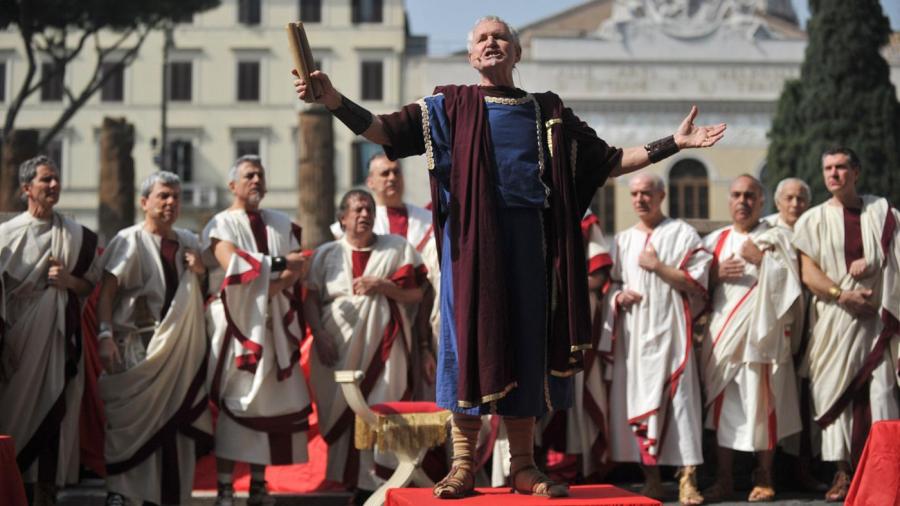What Are Some Examples of Simile in “Julius Caesar”?

A simile is a comparison using “like ” or “as.” One of the most famous similes in William Shakespeare’s play “Julius Caesar” comes in Act 1, Scene 2, when Cassius compares Julius Caesar to a huge statue, or Colossus, that straddles the “narrow world.” The play has many other similes, as well.
In Act 1, Scene 3, Casca says that he saw “A common slave… / Held up his left hand, which did flame and burn / Like twenty torches join’d.” In the same scene, Cassius uses a simile to compare Brutus’s support for the conspirators’ cause to alchemy, a branch of mysticism that sought to turn common substances into gold: “O, he sits high in all the people’s hearts: / And that which would appear offence in us, / His countenance, like richest alchemy, / Will change to virtue and to worthiness.” Caesar compares a senator to a mongrel dog in Act 3, Scene 1: “I spurn thee like a cur.” In the same scene, Antony compares Caesar’s wounds to mouths: “thy wounds…/…like dumb mouths, do ope their ruby lips, / To beg the voice and utterance of my tongue.” In Act 5, Scene 1, Marc Antony uses powerful similes to characterize the conspirators’ hypocrisy: “You show’d your teeth like apes, and fawn’d like hounds…/ Whilst damned Casca, like a cur, behind / Struck Caesar on the neck.”





